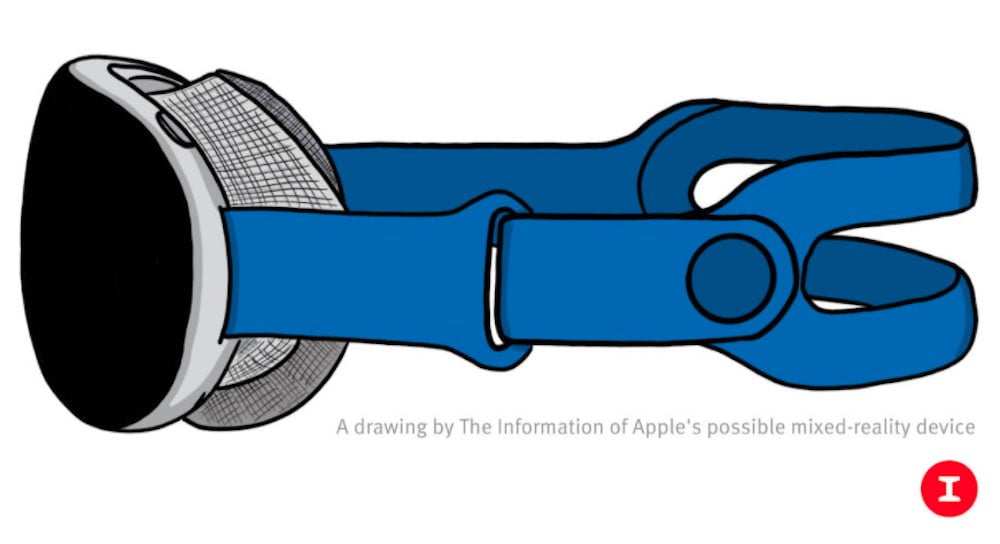Apple Tech Goggles: Compact like ski goggles - but with add-on device?

That Apple will unveil its first tech glasses this year at least, almost all rumors agree on that. But there are conflicting reports about a fundamental feature of the device.
Namely, whether the Apple Glasses will run completely autonomously or need to be connected to another device. The lack of clarity on this could stem from the fact that the project has always been developed on two paths - with and without an external device.
In fact, Apple's engineers were reportedly working on XR glasses with high-speed WLAN streaming years ago, but it was nixed by Apple's design legend Jony Ive. He wanted a full standalone pair of glasses like Quest 2. However, Ive is no longer with Apple as of summer 2019.
Apple glasses to come with an add-on device
Apple might be taking a hybrid approach, as most recently reported by tech leaks website The Information. According to this report, the Apple glasses may work autonomously, but not with full performance.
For that, the device would have to be connected to an iPhone, iPad or iMac. The chips built into the glasses would be optimized for streaming, and an external device would have to do the main work. This hybrid operation would also explain different reports about the performance of the glasses.
Matching The Information's leak is a recent report in The New York Times that puts the AR glasses market in a broader context. The NYT also has an Apple whisperer: He or she told the paper that Apple's current prototype looks like ski goggles, but requires a complementary feed that must be worn on the body. A device with a ski goggle form factor was also described to The Information.

This is what the Apple prototype described to The Information looked like. | Image: The Information
This decision is explained by the limits of physics, which would hold back the technology. Means: Purely technically, it is indeed possible to build very advanced AR glasses. It's just that they would be big, clunky, and especially hot devices that no one would want to wear on their head.
Apple's design dilemma with XR glasses.
Now, Apple in particular is known for cultivating its image of launching sleek, comfortable and user-friendly devices. Clunky tech glasses are a tough fit for the portfolio. Even a rather compact device like Quest 2 (for VR standards) might look too much like a shoebox for Apple's demands.
The way out? Build as little tech as possible into the goggles, thus reducing the form factor. With the size and weight of ski goggles - while still offering a high level of functionality - Apple's VR-AR goggles could set a new standard by what is known today. Since even Apple can't bend the rules of physics, an external player would be a logical intermediate step.
The New York Times goes on to confirm that Google is probably getting serious about AR glasses again: The company is "working on a new project years after the launch of Google Glass". This was already indicated by quite concrete job descriptions, in which Google is looking for specialists for innovative augmented reality hardware and software.
Note: Links to online stores in articles can be so-called affiliate links. If you buy through this link, MIXED receives a commission from the provider. For you the price does not change.